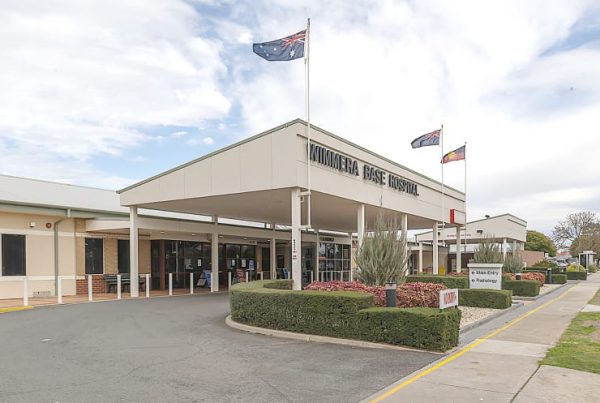Patient safety is always at the forefront of good rostering. A fundamental of good rostering is understanding your staffing requirements or demand.
Understanding your demand also helps you manage your day to day staffing.
Demand based rostering refers to aligning your roster creation to the staff needed in that area. In theory, all rostering starts with a demand for staff. A certain ward or unit needs staff, so we create a roster to schedule the staff to that area. This demand in the specific rostered area usually consists of three components:
1- The shift times (e.g. 0700 – 1500)
2- The roles and skills required each shift requires (e.g. Registered Nurse)
3- The quantity of staff per shift (e.g. 5)
Once these are compiled, you have your demand!
The benefits of demand based rostering
Simply put, if you don’t know and measure your demand, you don’t know if you are staffing your area correctly, however, if you DO know your demand you can:
- Measure whether you are over or under your staffing requirements
- Map staffing to budget
- Use vacancy management techniques
- Ensure the correct role and skills are rostered
- Analyse your staffing practises
- Manage costs
How can automated roster solutions (ARS) help you with your demand based rostering? Firstly, once the ARS knows your demand, it can assist with tracking staffing against that demand. An ARS can tell you whether you are over or under and help you ensure the correct people are rostered. In addition you can now identify and fill gaps in your roster. A Tier 1 ARS can build draft rosters for you and help you calculate and manage the costs of your rosters.
Recommended next steps
- Understand the concept of “demand based rostering”
- Analyse your demand and write it down
- See how your current rosters are using demand
- See if there is a relationship between budget and demand




